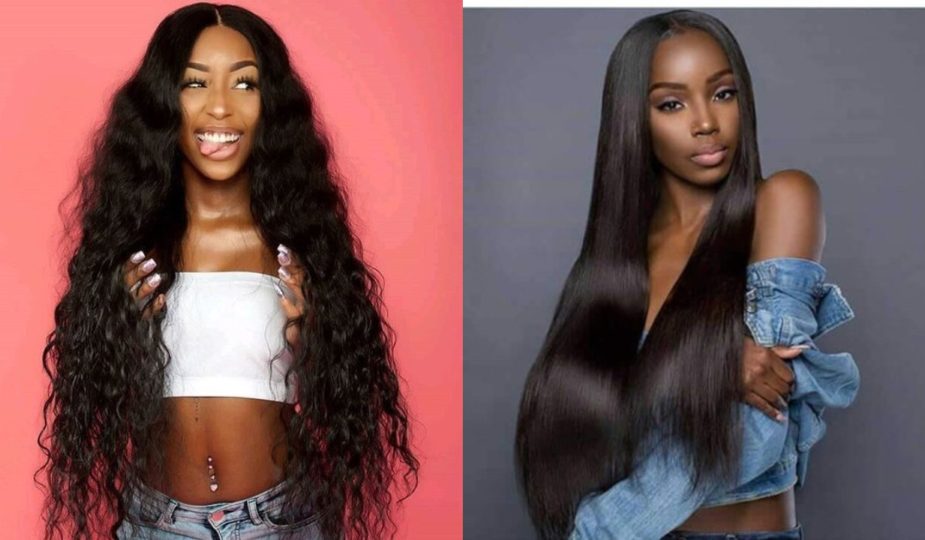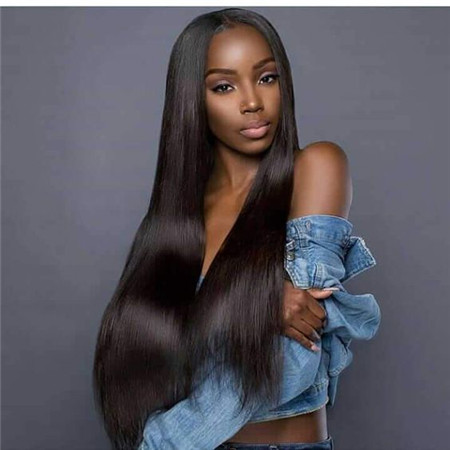
The Main Differences Between Lace Frontal Wigs and 360 Lace Wigs
With many famous celebrities rocking wigs, it’s no wonder wigs are having a major moment in beauty and fashion industries. Due to this popularity and exposure, more women are opting for wigs either to cover baldness, add volume to thinning hair, or as a style statement. Wigs are an incredibly versatile and convenient option for quick hair styling. Whether you want to protect your hair from damage or you want a change without commitment, wigs are available for everyone’s needs. There are many different types of wigs like synthetic, human hair wig, frontal, straight hair, lace front, 360 lace wigs, etc. available in the market. Among these, lace frontal and 360 lace wigs are quite popular. Lace frontal wigs have fine lace at the front of the wig while 360 lace wigs give you full head lace coverage. Let us look at some main differences between these wig types.
Coverage
The main function of frontal is to cover as much head area in the front as possible. An average wig gives 13×4 inch coverage along the front hair line from ear to ear. However, the 360 lace wig covers the complete hairline around the entire head. The fine French or Swiss lace and silk cap ensures maximum blending. The hand-made human hair lace front wigs and 360 lace wigs look just like your scalp and let you go for any type of hair partition you want.
Breathability

Another factor of difference between the two wigs is the breathability it offers. Full 360 lace wigs offer maximum breathability as most of it is made of fine lace. This means that it lets your hair and scalp under the wig breathe better compared to lace frontal. In lace frontal wigs only the front part is made of fine thin lace. Hence only that part offers good breathability. Compared to lace frontal wigs, in the 360 lace wig human hair lasts much longer without damage if maintained properly.
Ease of Use
Both these wigs give similar features like adjustable straps, combs for grip, fine lace material, baby hair along the hairline, and a natural looking hairline. Both are easy to install and remove. However, lace frontal wigs require reapplication in 3-4 weels. It also requires more regular maintenance and clean up before applying. 360 lace wigs on the other hand require clean up before and after reapplication. Hence, they require more maintenance and care as compared to lace front wigs.
Hairstyles

The versatile lace frontal wig comes in many types. Some of them like the straight lace front wigs or the curly human hair wigs offer more versatility in hairstyles. You can do any parting of hair, half ponytail, low ponytail, and many more hairstyles. However, you cannot do a high ponytail or high bun as the wig does not have lace base in the back. In contrast, the 360 lace front wig has a fine lace base even in the back. This allows you to do high ponytail or bun hairstyles too without fearing exposure or visibility of the wig.
Price
As far as money is concerned both these wig types cost quite a lot of money, provided you buy a good quality product that is more durable. As lace frontal wigs have fine lace or silk only in the front, their prices are higher than other wigs. However, the 360 lace front wigs give fine lace coverage of full hairline and are even costlier than the lace front wigs.
While some women prefer versatile lace front wigs, there are also many who prefer 360 lace wigs. No matter which wig you choose, the most important thing is it should look natural and feel comfortable.
Density
Wig density refers to the thickness or thinness of the hair on a lace wig. The most popular choice and standard hair density is 120 percent, which is natural or medium density. While the average human head has 100 to 120 percent density, wigs have varying densities, and it would help to check a wig density guide to know what’s best for you.
Frontal lace wigs usually have 180 percent density. For 360 lace wigs, a 150 percent hair density is highly recommended. This way, your hair looks fuller and more natural.
Lace Wig Care Tips
1. Use Sulfate-Free Shampoo
Let your lace wig last longer through proper maintenance by using a sulfate-free shampoo. Also, sulfate-free conditioner is highly recommended. Sulfate is a harsh ingredient that can make the hair of the wig dry and dull. Unlike the scalp that produces natural oils, lace wigs don’t produce oils to counteract the drying effects of sulfate.
2. Use a Mannequin Head to Keep Your Wig
The best place to keep your wig when not being used is on a mannequin head. It will prevent damage from moisture in concealed or hidden areas, as well as structural damage.
3. Never Use Styling Creams and Heavy Oils
Hair products may add weight to the lace wig, making it look greasy. It’s best to use lace wigs as they are. In addition, make sure your wig is cleaned every after use, most especially when it’s been exposed outdoors.
4. Don’t Use Heat
Synthetic wigs should not be applied with heat, such as those from a curling iron, as this may cause damage. Human hair wigs can be styled and heated, but not as frequently as real hair on the scalp.
Conclusion
Now you’re fully aware of the differences between full or 360 lace wigs and frontal wigs. A full lace wig covers the entire head while a frontal lace wig covers the front head area. Compared to frontal lace wigs, 360 lace wigs are more breathable.









